Interplay and Electronic Arts
Designer: Alan Pavlish, Brian Fargo, Michael Stackpole, Ken St. Andre
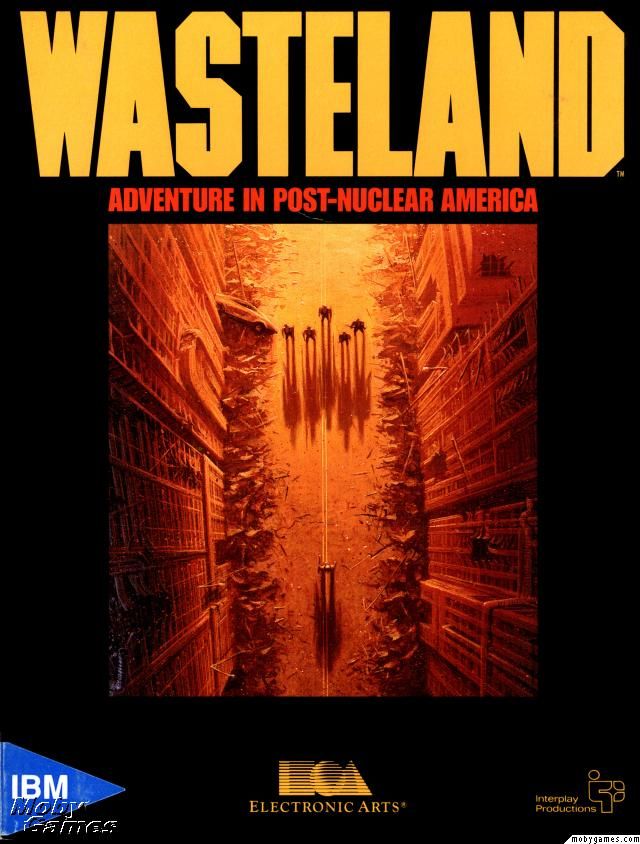
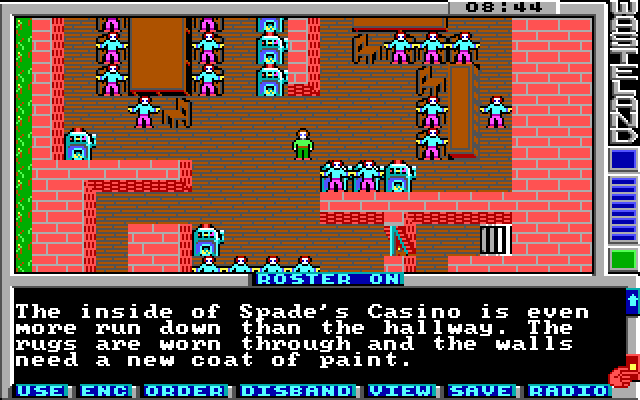
The relationship between the Fallout series and Wasteland is one that is unique in videogame history. While both Wasteland and Fallout originated at Interplay, and both (not to mention subsequent Fallout games) appear to take place in the same universe, Fallout was never touted as an official followup to Wasteland. This may due, in part, to the fact that Electronic Arts owned the code to Wasteland; the game received a direct sequel, Fountain of Dreams (1990), with no involvement from the original Wasteland designers or Interplay whatsoever. When Fallout was released by Interplay in 1997, players picked up on the similarities between it and Wasteland, but since Wasteland was EA’s baby, it could only be considered an “inspiration” and perhaps the “spiritual successor” to Fallout.
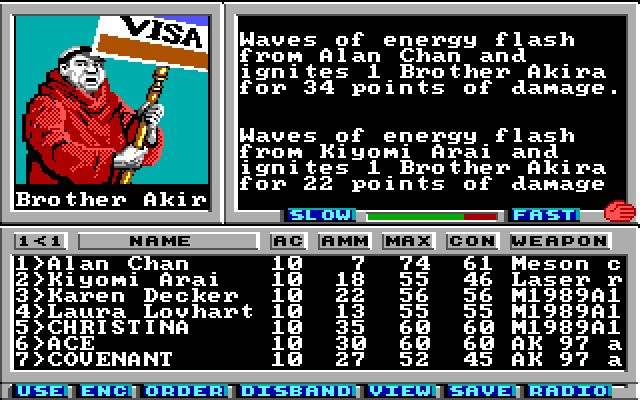
Wasteland may not be an official part of the Fallout series, but make no mistake, it’s the game where it all started. Set in a post-apocalyptic Nevada, the player takes command of a unit of Desert Rangers who have taken refuge (though not without some initial resistance) in a prison outside of Las Vegas. These Rangers set out into the wider world, encountering a number of other survivors, either in loosely-organized camps or as part of either the Guardians, who fixate over old-world technology, or the Servants of the Mushroom Cloud, a fanatical religious group who worship Einstein, Oppenheimer, and the Great Glow (radiation)1. Pit ghouls, radioactive vermin and shadowclaws2, not to mention a wide array of robots and human thugs, are amongst those hostile to the Desert Rangers, who are themselves armed with the likes of Red Ryder BB guns, Proton axes, laser-based energy weapons3 and more conventional melee and ranged weaponry.
In terms of gameplay, Wasteland does not significantly diverge from the typical top-down, sprite-based RPG common to that era, but it did pioneer a number of innovative features which have subsequently become the norm in not only the Fallout series, but in RPGs in general. To begin with, the party was not static, and willing NPCs, found scattered throughout the game, could be recruited to join up, typically with unique skillsets. The game also offered a persistent world, in which the consequences of the player’s actions and their impact upon the environment would remain static between sessions. Beyond this, the overarching idea of taking what had previously been the (nearly) exclusive province of fantasy roleplaying and transplanting it into science-fictional territory was singularly refreshing, and a welcome antidote to a genre flooded with wizards, trolls, dungeons and dragons.
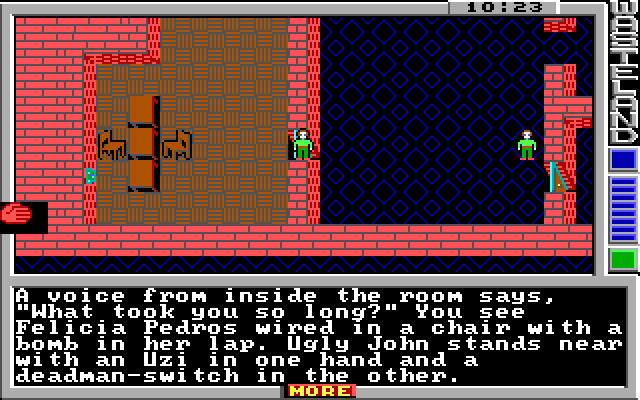
Wasteland’s legacy has always been unabashedly worn on the sleeve of Fallout, but the former game does bear a number of differences which set it apart from the Fallout series. There are no Vaults or Vault Boys, no Pip-Boy 3000s; where Fallout imagines a world in which World War III broke out in a nominal 1950s era, Wasteland is set in the more contemporary (at the time of the game’s release) post-Cold-War 1980s. The sense of humour that is so widespread and apparent in Fallout exists in a kind of chrysalid state in Wasteland; while still one of the funnier games of the ‘80s with its preponderance of toasters and the associated Toaster Repair skill, not to mention the fake passwords included in the game manual which had the effect of changing the character’s gender or detonating bombs, Wasteland took itself much more seriously than its irreverent offspring. While Fallout has always been predicated on the self-aware wink to the player, the referential treatment of the paranoias of a past era, Wasteland was released at the very tail end of the same era. Where Fallout pokes affectionate fun at the Cold War, Wasteland was a product of it.
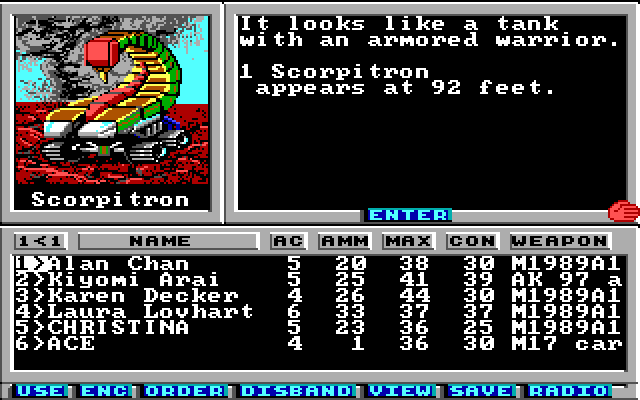
Wasteland was originally released for the Apple II in 1987 and ported to the Commodore 64 and the IBC PC a year later. A DOS version with updated EGA graphics was released in 1995.
| 1 These two factions were eventually combined into the Brotherhood of Steel in Fallout. 2 Roughly analogous to ghouls, mole rats and deathclaws, respectively. 3 The Red Ryder BB Gun has appeared in every single Fallout game to date. Proton Axes - and their offshoot, Protonic Inversal Axes - are re-introduced in the Old World Blues DLC for Fallout: New Vegas. Laser Pistols and Rifles resurface as Wattz Laser Pistols and Wattz Laser Rifles in Fallout, Fallout 2 and Fallout: New Vegas. |
| (Besides the reintroduction of proton axes in Old World Blues, the Fallout: New Vegas DLC pack makes a record number of other references to Wasteland. Scorpitrons return as Dr. Mobius’ Robo-Scorpions, and toasters are more prevalent than is usual, even for Fallout. It also adds a new perk, Them’s Good Eatin’, where living creatures have a 50% chance to drop either thin red paste or blood sausages, healing items whose names refer to descriptive text in Wasteland following a critical attack.) |

A brilliant write-up on a brilliant -and, yes, classic- CRPG.
ReplyDeleteBTW, I do love this blog!